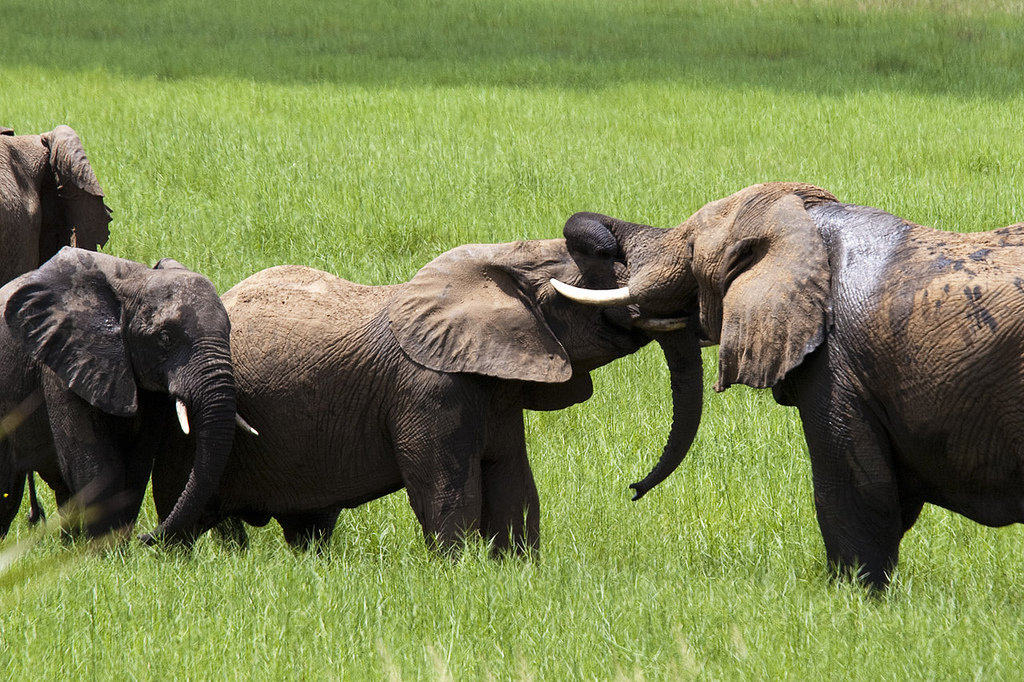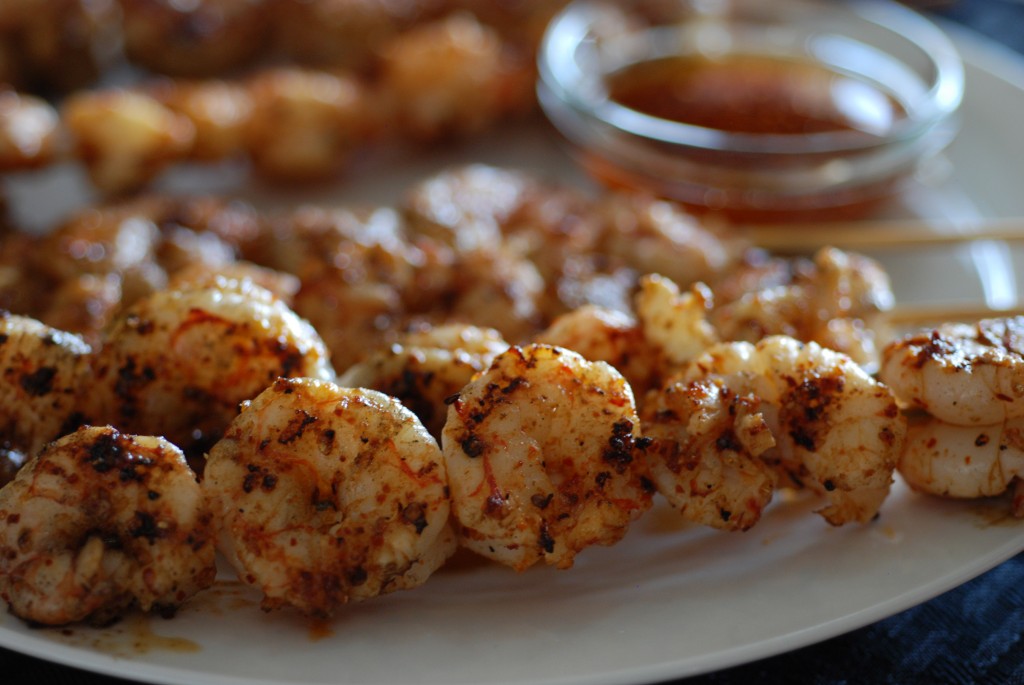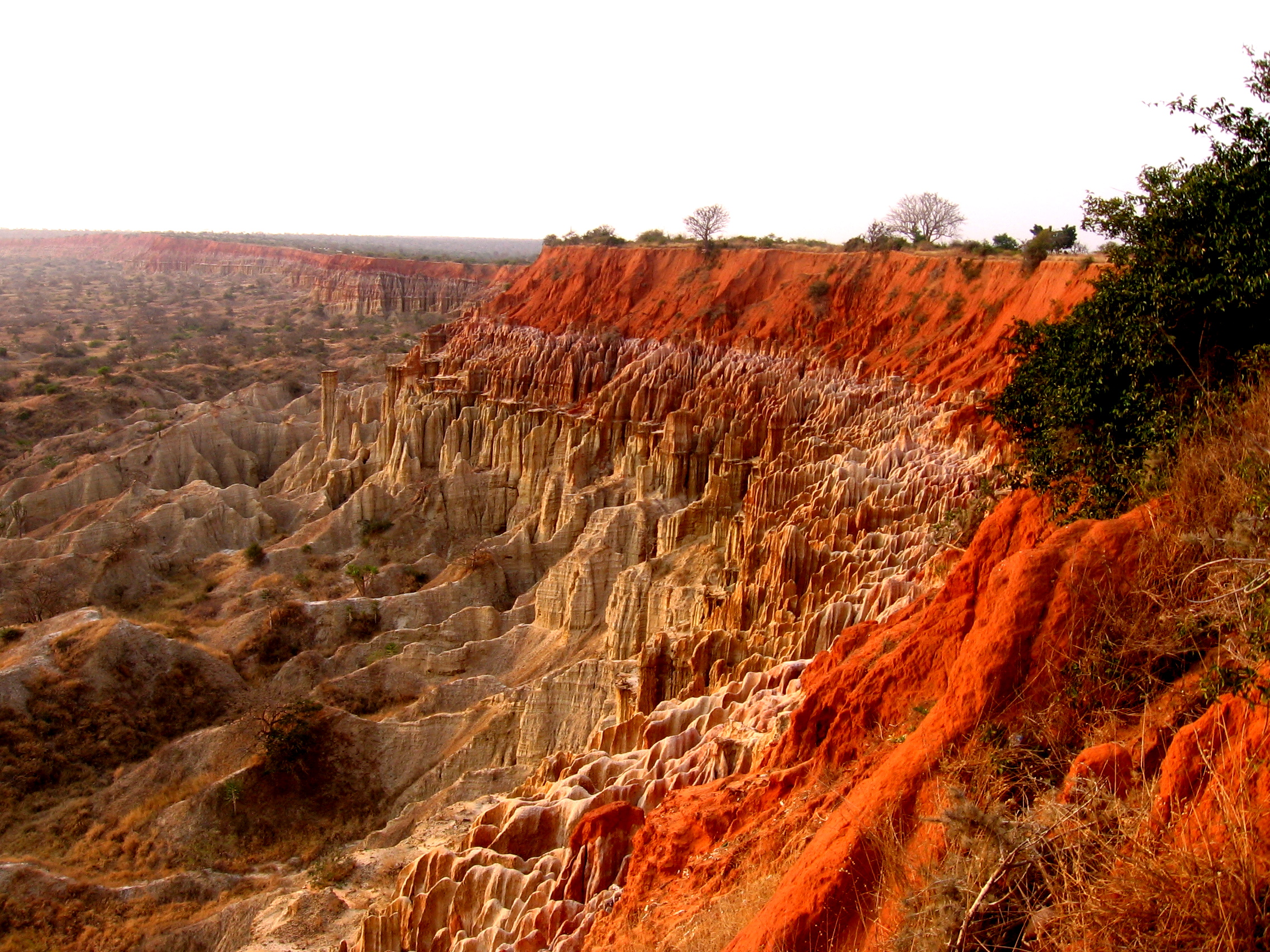
Angola
Angolan Flair
Angola is steadily making it to the top of the travel destinations everyone should visit at least once. The busy streets of Luanda are just as fascinating as the pristine waters that lap onto the shore. The bustling metropolitans and growing villages both are infectious with an eagerness for more.
Your first stop should be the Parque Nacional da Kissama also known as the Quiçama national park. The natural landscape of Angola is unperilled in unique marvel. Located South of the capital Luanda, is this reserve that brings the coast to the plain lands. You can spot herds of gentle giants, crossing streams. The elephants in the park are a beauty as well as the curious water buffalo. Keep a look out for giraffes peeping through the trees. It’s an almost two-hour drive to the park and back, so leave early and watch as the leaves rustle to the awakening of wildlife in the park.

https://www.flickr.com/photos/84269782@N00/5321410446 – Image 01 (Parque Nacional da Kissama)
With Portuguese colonisation for years in Angola, the cuisine has been influenced to combine Angolan and European tastes. Beans, rice and cassava leaves are common ingredients. Stews are common meals, think okra stews such as called caruru and fish stews caldeirada de peixe. Visit Cais de Quatro, you’ll find continental dishes that suit every taste but you will also find fresh seafood cooked with Portuguese spices. Another delicious spot is Churrascaria Nandinhos, specialising in saucy grilled chicken that’s paired with chips, rice and even cassava leaves. Pick up a cone of mukua, ice cream made from the fruit of baobab trees while you explore Luanda.

http://www.internationalcuisine.com/angola/ – Image 02 (Angolan food)
Modern Angolans in cities and urbanised areas wear western attire more than traditional garments. Women who wear traditional clothing as daily attire or for special occasions can be seen wearing colourful printed wraps as skirts and dresses. Prints and patterns are derived from different ethnicities. Generally, women also wear headwraps but can be seen wearing elaborate headdresses at events made from fabric, feathers, shells and more. Men wear headwraps and wraps around their waist, often trousers are worn under the skirts but it is not uncommon to not do so. Beaded jewellery, thick anklets and leather sandals are also popular accessories in Angola.

https://freewheely.com/2014/05/lubango-city-carnaval-and-cristo-rei/ – Image 03 (Angolan wear)
The Tundavala Fissure on the Leba Hill, in the South of Angola, is a sight you simply cannot miss. In between Lubango and Namibe, this canyon like fissure is almost three-thousand metres above sea-level. Visit at sunrise for your breath to be taken away. Hike up the rocky path and watch as the clouds ascend to the skies, look on out for the hills below, desert in the distance and the ocean too. Book accommodation in Lubango or Namibe and hire an SUV to drive to the Tundavala fissure, or commonly referred to as the “Fenda da Tundavala”.

http://www.internationalcuisine.com/angola/ – Image 04 (Tundavala Fissure)
Angola is a country steadily making strides in building a budding tourism industry. There is a flair that Angola has that makes this a destination you should consider. Portuguese culture has been integrated into everyday African life. Its people, sights, food are all ready to welcome you. Say “Olá”.
